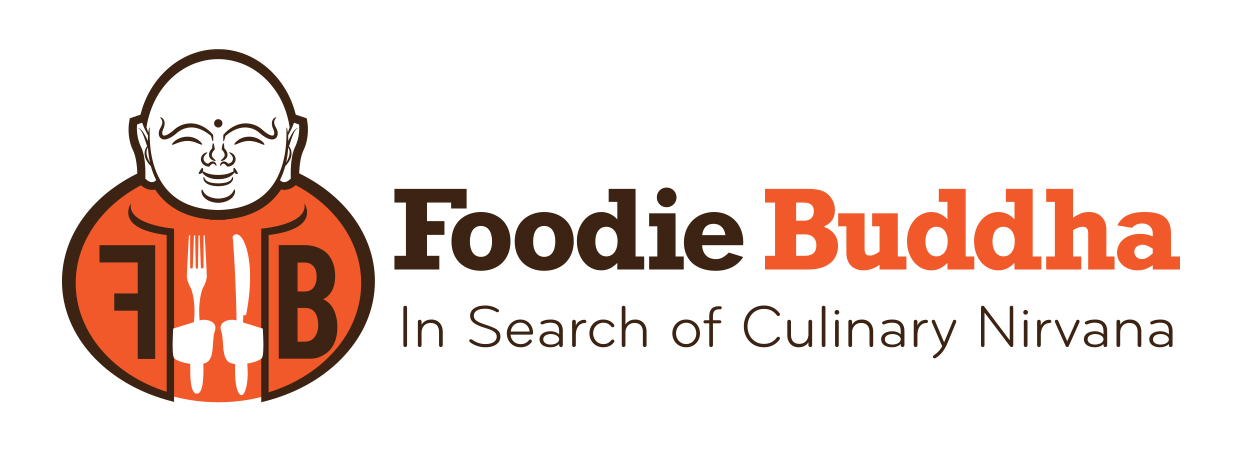Last night, as the premier episode of Top Chef Texas came to a close, there was a collective grunt in the world of the food literati. Not always known for their technical prowess, writers everywhere grumbled over the need to familiarize themselves with ways to insert an umlaut/diaeresis into online posts. With no traditional elimination as of yet, you can expect some writer’s annoyance for the next couple of weeks every time Ty-Lör Boring’s name comes up. Those two little dots above the ‘O’ will surely bring digital scribblers to our knees.
As I mentioned on Monday, the return of Top Chef means the return of my “What Was That Ingredient?” For those unfamiliar, here’s what WWTI is all about.
WWTI isn’t a detailed recap of an episode. It isn’t really meant to be any sort of recap. Rather, it’s just an attempt to wrangle up some of the more esoteric ingredients and cooking techniques that were used in the previous night’s episode. Put simply: it’s just a list of those words and phrases, each with a little xyz. Short, sweet, and hopefully helpful!
Thanks to a lot of setup and explanation segments, there wasn’t a whole lot of fodder for this week’s post. That said, at least we could take comfort in that familiar musical cadence dropped in over the dish reveals.
Crépinette
A crépinette is a small French sausage that’s notable because it comes in a patty not a link. Ideal for a French sausage McMuffin! The meat is of course minced but what’s particularly interesting about crépinettes is that they are wrapped in caul fat, breaded, and then cooked in butter. Sounds French to me!
Haricot Vert
Sounds fancy huh? Nope, just a green bean – as the French say it. Some will argue this point, but for the most part – they are interchangeable with what we call green beans.
Huitlacoche
If you’re from Texas, you’ve probably heard of this “porn on the cob.” It’s basically a corn tumor that ends up with similar characteristics as a mushroom. I’ve never actually had any myself (boo), but I remember hearing that the JBF tried to market this stuff as the Mexican truffle.
Pipián
Pipián is a Mexican sauce with a wide varieties of uses. If you’ve had it before, it was most likely with an enchilada. It’s actually a ground mole (so it’s kind of pasty) and is notable because its made with pumpkin seeds or squash seeds. As with any sauce, there are different ingredients … but you’ll often find Masa Harina, garlic, and dry red chilies in the mix somewhere. In last night’s episode, the pipián featured cashews.
Shad Fish
Shad fish is a super boney fish and though I’m not sure which species was grabbed last night – the American shad is a type of herring. The fish can be found in rivers and coastal waters up and down the Eastern border of the US and into the Gulf. It just depends on the time of year.
Sugo
Sugo is another type of sauce. In this case, it’s a staple of Italian cooking. It’s very simple and its core ingredients include tomatoes, guanciale (bacon), Pecorino Romano cheese, and olive oil. In last night’s episode, it was served with rabbit. The video embedded at the top of this post is a rabbit sugo with pappardelle from Ristobar in San Francisco.


Pingback: Top Chef Texas: Episode 1, “It’s Bigger in Texas” « A Just Recompense